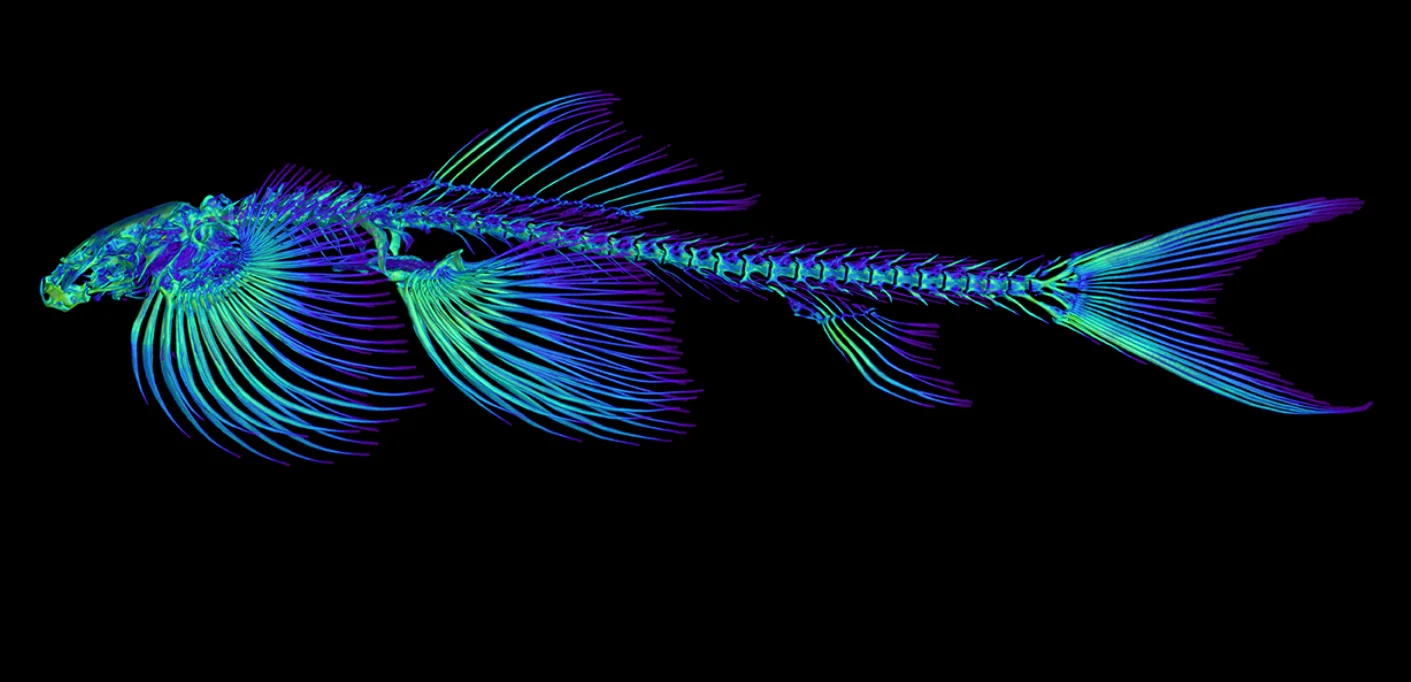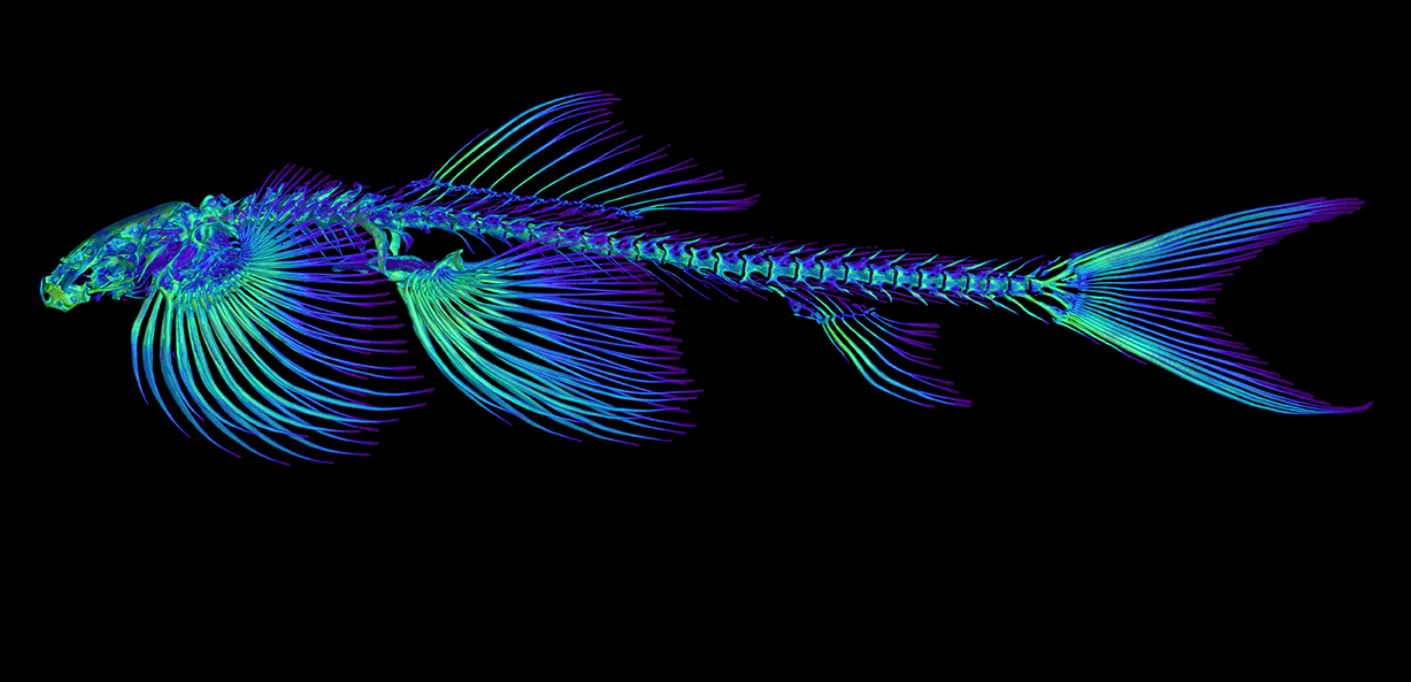
New study finds 11 fish species that may be capable of walking
For their paper, scientists analyzed the bone structures of more than two dozen hillstream loach species and found 11 fish species may be able to walk, but only one species has been observed doing so.

Thailand's cave angel fish, Cryptotora thamicola, is famous for its ability to walk, using a salamander-like gait. But it may not be alone: At least 10 relatives share its unusual pelvic shape. Courtesy: Zachary Randall/Florida Museum
How did we get here?
That's a big and complicated question. Part of the reason humans are here, on land is because a very, very long time ago, some curious sea creatures decided to venture out of the water and explore the land. 'Walking' fish have fascinated scientists for years because their physiology provides clues on how humans evolved.
Now, a new study from an international team of scientists has identified "at least" 11 species of fish that may be capable of walking on land.
The findings are the result of CT scans of the hillstream loach family of fish. Included in that is a rare species called Cryptotora thamicola, or the cave angel fish -- the only living fish species caught in the act of walking, according to the researchers.
For their paper, scientists analyzed the bone structures of more than two dozen hillstream loach species and found ten species have similar structures to the cave angel fish, meaning they may be able to walk.
"Fishes don't usually have any connection between their spine and pelvic fin," biologist Zachary Randall, manager of the Florida Museum's imaging lab and one of the study's co-authors, said in a statement.
"But before, the idea was that the cave angel fish was totally unique. What's really cool about this paper is that it shows with high detail that robust pelvic girdles are more common than we thought in the hillstream loach family."
A SURVIVAL TACTIC
According to Randall, the cave angle fish's "salamander-like wiggle" helps the fish survive fast-moving streams.
"It can grip rocky streambeds and move between habitats - even up waterfalls - as water levels fluctuate in the dry season," reads a statement by the study's authors.
"The cave angel fish's increased mobility could help it access well-oxygenated stream regions with few or no occupants."
The study authors say the findings will lead to a better understanding of the "evolution of an extremely uncommon event" -- i.e., the ability of fish to walk on land.
The paper is available in the Journal of Morphology.










